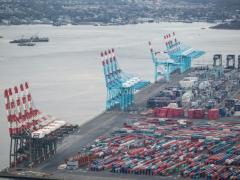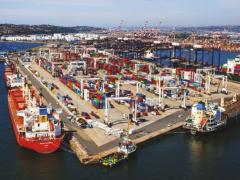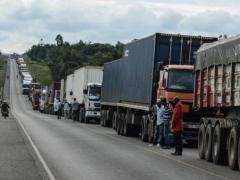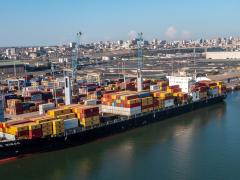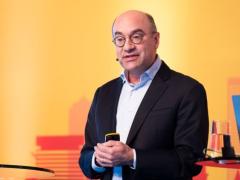An historic milestone beckons for South Africa’s energy sector as the country will soon produce more electricity from clean energy sources than from fossil fuels, Minister of Electricity and Energy Dr Kgosientsho Ramokgopa told a media briefing on Sunday.
Talking about the newly approved Integrated Resource Plan (IRP 2025), Ramokgopa said the strategy would guide the allocation of South Africa’s primary energy resources to ensure that electricity demand was met sustainably and cost-effectively.
Cabinet approved the plan on Wednesday, October 15.
The Citizen reports that the IRP, which sets out projections until 2042, aims to secure energy supply, prevent a return to severe load-shedding, and promote affordability and accessibility of electricity for all.
Ramokgopa indicated that the investment programme associated with the IRP amounted to R2.2 trillion, which represents roughly 30% of South Africa’s R7 trillion economy. He explained that the plan was not only an electricity initiative but also a response to the broader economic challenges facing the country.
The programme was expected to stimulate economic growth and job creation, in line with the government’s target of achieving at least 3% economic growth by 2030. However, Ramokgopa added that no economy could grow without a stable electricity supply, adding that industries were unlikely to invest or expand in a country where reliable, affordable and good-quality power could not be guaranteed.
Ramokgopa said recent lengthy periods of load-shedding had undermined business confidence, reduced capacity utilisation and led to job losses, contributing to high unemployment. He emphasised that the R2.2 trillion investment plan sought to revitalise industry, drive industrialisation and expand employment.
The minister outlined that South Africa’s energy mix under the IRP focused on hydro, nuclear, wind and solar power. While acknowledging the country’s abundant coal reserves, he said government recognised the need to address emissions
South Africa is now pursuing a broader energy mix as it transitions away from fossil fuels.
Currently, coal accounts for 58% of generation capacity, with rooftop photovoltaic (PV) systems and grid-connected solar PV each contributing 10%. Wind power provides 8%, diesel 4.5%, pumped storage 4%, and nuclear 3%. A further 3% is derived from smaller sources such as hydro and biomass.



